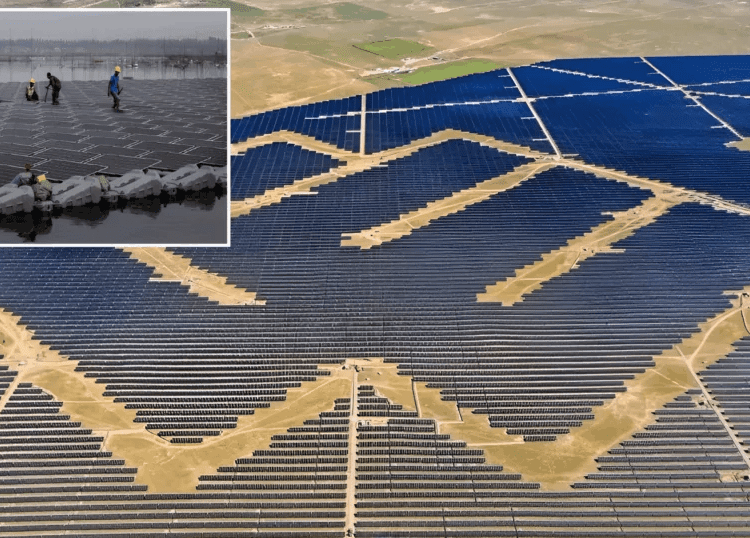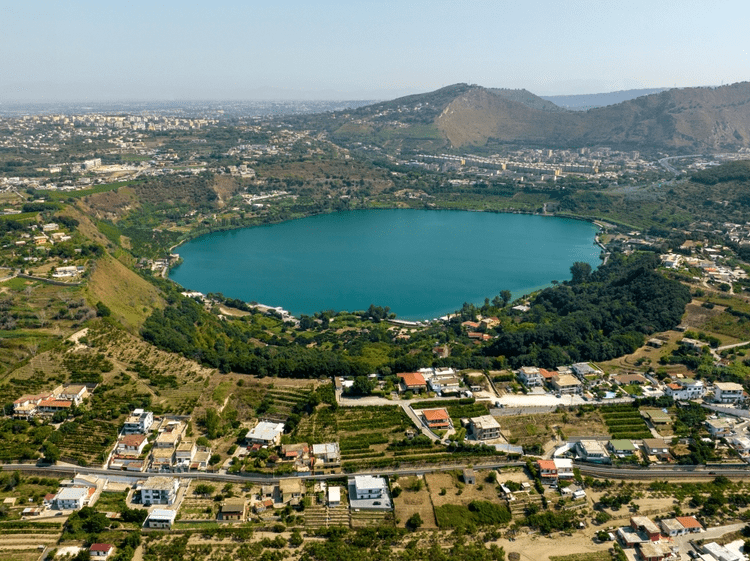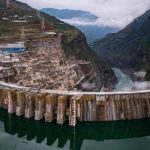Japan has set a new world record for internet speed. Researchers at the National Institute of Information and Communications Technology (NICT) in Tokyo achieved an incredible speed of 402 terabits per second (Tbps) using commercially available optical fiber in March 2024. This speed is over 1,000 times faster than what most people have at home.
To understand how fast this is, consider this: most home internet connections are measured in megabits per second (Mbps). The fastest average internet speed for the public right now is in the United Arab Emirates (UAE), where users can get up to 291.85 Mbps.
In the United States, the average download speed is 248.27 Mbps, while in the UK it’s about 110.99 Mbps. Some areas in the world, still have average speeds as low as 2.38 Mbps. Japan’s new record of 402 Tbps equals 402 million Mbps, making it a mind-blowing achievement.
This breakthrough was announced at the 47th International Conference on Optical Fiber Communications. Network engineer Ben Puttman shared the news, confirming that Japan had beat its own previous record of 319 Tbps set in 2021 and the 178 Tbps record held by University College London in 2020.
The researchers used standard fiber optic cables, the same type already used in many parts of the world. They developed a new system that allows the transmission of data across all available optical bands.
This was made possible using advanced amplifier technologies, including six types of doped-fiber amplifiers combined with Raman amplification, allowing them to achieve a bandwidth of 37.6 Terahertz (THz) over a 50-kilometer cable.
NICT described this as the first system capable of DWDM (Dense Wavelength Division Multiplexing) transmission across the full range of optical bands using regular fiber. This means that more data can be sent using existing infrastructure without the need for entirely new cables. The researchers believe this could be a cost-effective solution to meet the rising global demand for faster and more efficient data transmission.


To show just how powerful this is, experts said that with 402 Tbps, it would be possible to download about 12,500 high-definition movies in just one second. That’s more than three times the size of the entire Netflix library, downloaded instantly. While this sounds like science fiction, it’s real and has been proven in the lab.
However, it’s important to understand that this record was set under laboratory conditions. While the system used real-world fiber cables, the environment was carefully controlled to make sure the data could travel without any disruptions.
Bringing this kind of speed into homes and businesses around the world will take more research, development, and investment. Right now, even the best consumer devices and storage systems cannot handle this kind of speed. For example, no home computer or hard drive can write data fast enough to keep up with 402 Tbps.
Still, the achievement shows what might be possible in the future. Researchers are now focusing on finding ways to use this technology for long-distance communication, such as across oceans or between continents. They believe it can play a big role in improving the backbone of the internet and support the growing demand for video streaming, online gaming, virtual reality, and AI data processing.
The growing use of digital services means we need faster, more reliable internet connections. Technologies like multi-band wavelength division multiplexing (WDM) are becoming more popular in the research world because they allow us to use more parts of the optical spectrum. That means we can send more data through the same fiber, extending the life of current systems and saving on the cost of installing new cables.
Japan’s record-breaking speed is a clear sign that the future of the internet is coming faster than we thought. Even though it may take years before regular users can enjoy such speeds, this research proves that the technology is there—and improving quickly. As companies, governments, and scientists work together to upgrade digital infrastructure, we may soon see a time when buffering videos and slow downloads become problems of the past.











